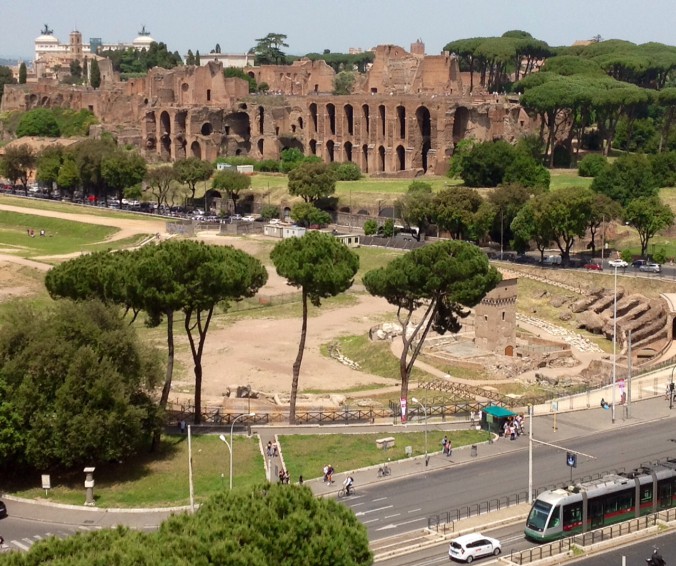Just back from working in Rome. Many would say that the defining feature of the place is the colosseum and other ruins from Roman times. Sure they are impressive, but a more universal feature of the city is the extensive plantings of stone pine as street and decorative trees. These highly manicured trees give Rome a distinct look – more so in my opinion that the remnants of Julius Caesar and his mates.
Stone pine (Pinus pinea) also called Italian stone pine, umbrella pine and parasol pine is native to the Mediterranean region, occurring in Southern Europe, Israel, Lebanon and Syria. The tree has been cultivated throughout the Mediterranean region for so long it has naturalized, and is now considered native beyond its natural range. It is also present in North Africa, the Canary Islands, South Africa and Australia. It is also planted in western Europe up to Scotland, and on the East Coast of the United States of America up to New Jersey.

Stone pines – ubiquitous feature of the cityscape across Rome.
Stone pines have been used and cultivated for their edible pine nuts since prehistoric times. They are widespread as ornamental trees, planted in gardens and in parks around the world.
In Italy stone pines have been an aesthetic landscape component since the Italian Renaissance garden period. The tree is a dominant symbol of Rome, where they line many historic Roman roads.
